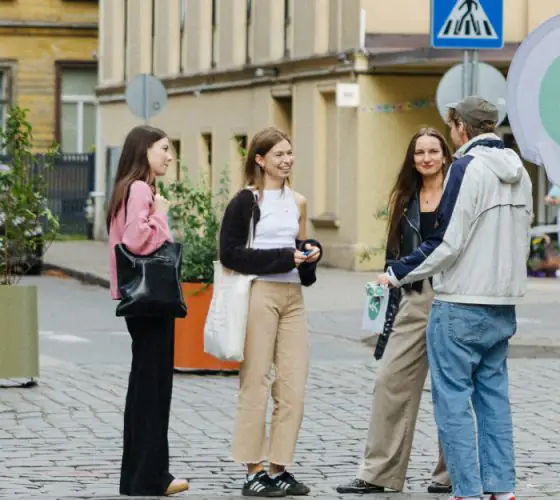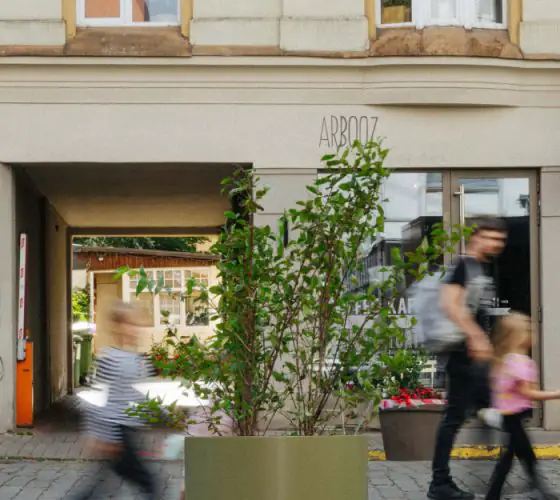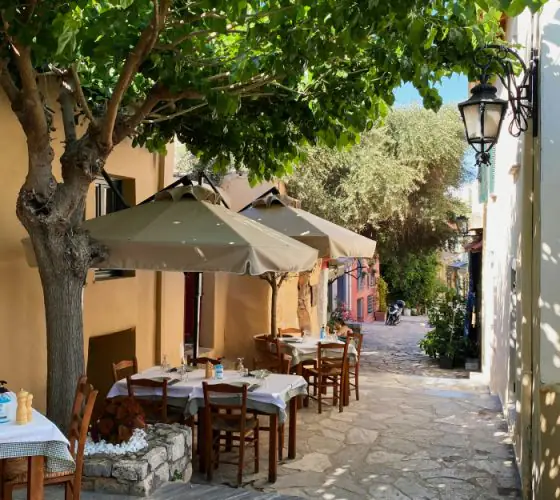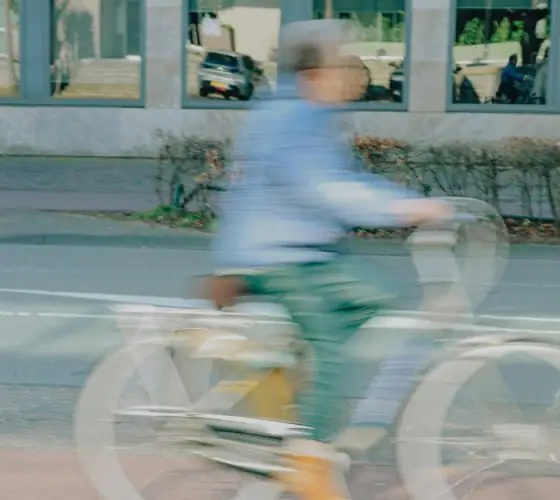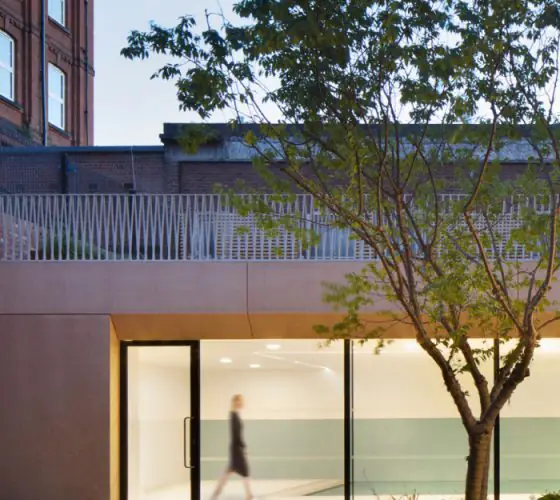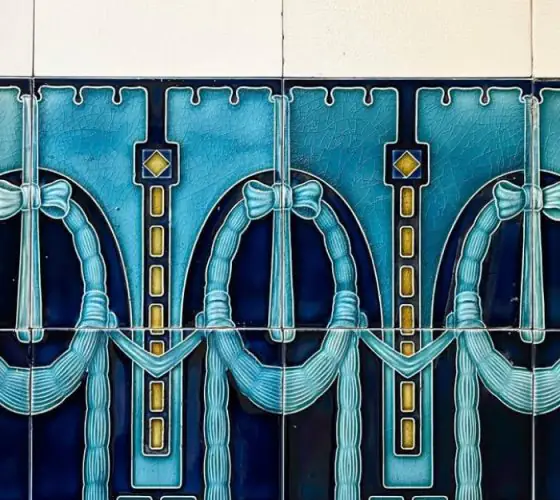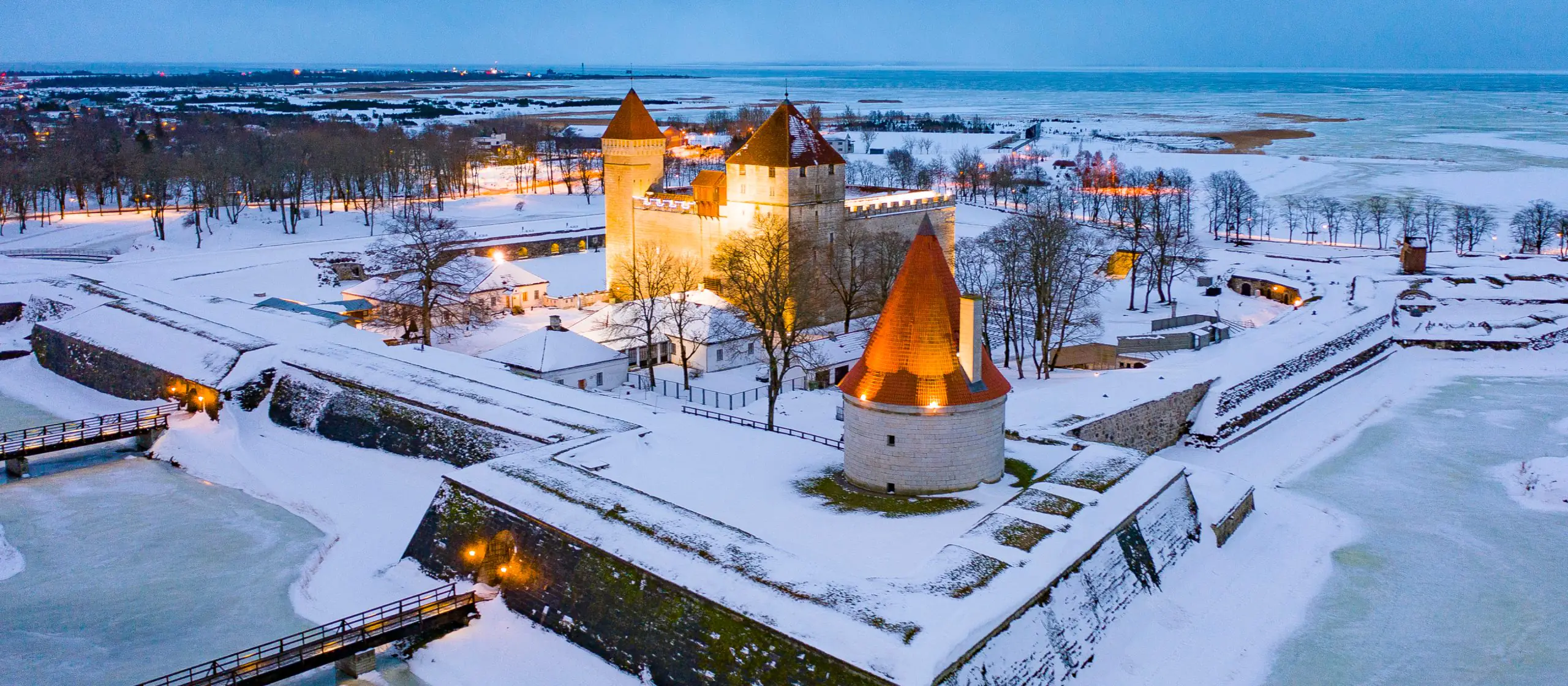
wikipedia.org
In the early 20th century, tourists would have sent postcards from their travels. One of these cards shows an open carriage pulled by a horse. It stands on a cobbled pavement against a background of low wooden houses. Another card from the same series shows ‘Michelsen’s Pension’, also in a wooden house. The name of the town is written at the top in Latin and Cyrillic: ‘Arensburg’.
Today it is still a popular tourist destination, with cobbled streets and wooden houses still standing. The town of Arensburg, which belonged to the Russian Empire from 1706 and to Sweden, Denmark and the Teutonic Order before that, is now part of Estonia. The town has been given back its Estonian name, Kuressaare, which translates as ‘Crane Island’.
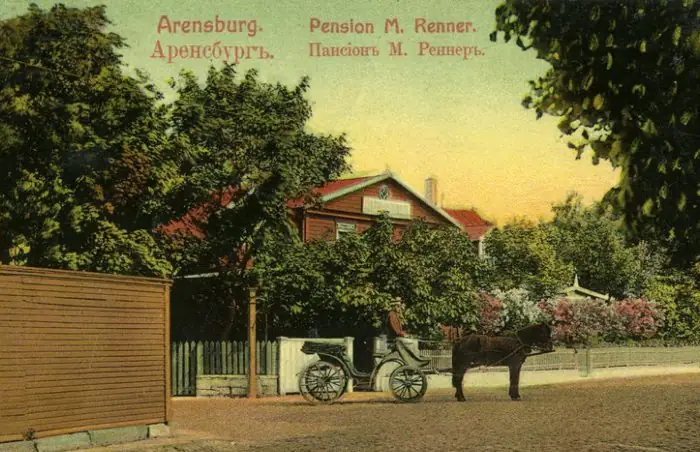
beginning of 20th century
vitber.com

beginning of 20th century
vitber.com
Before we talk about the most remarkable places in Kuressaare, a bit of etymology will help us understand its history. The town is the administrative centre of the island of Saaremaa (which literally means ‘island country’ in Estonian). Before Estonia gained independence, it also had another name – German and Swedish Ezel. This in turn was derived from the Icelandic Eysýsla, Eysýsla (ey ‘island’ and sýsla ‘district’). The island is mentioned in this form in the ancient Scandinavian sagas – it passed through the Viking routes along the Baltic Sea.

digar.ee/arhiiv
The Viking legacy, as well as the Swedish and Germanic presence, can still be felt throughout the island, including Kuressaare. The coat of arms of Saaremaa County shows a drakkar, a typical Viking ship. The year 2021 was declared Viking Year on the island and a large exhibition about the Nordic peoples was opened, later moved to the Tallinn Flying Harbour Museum. The Germanic influence also affected the architecture – the best examples of medieval buildings were built by the crusaders during the Northern Crusades.
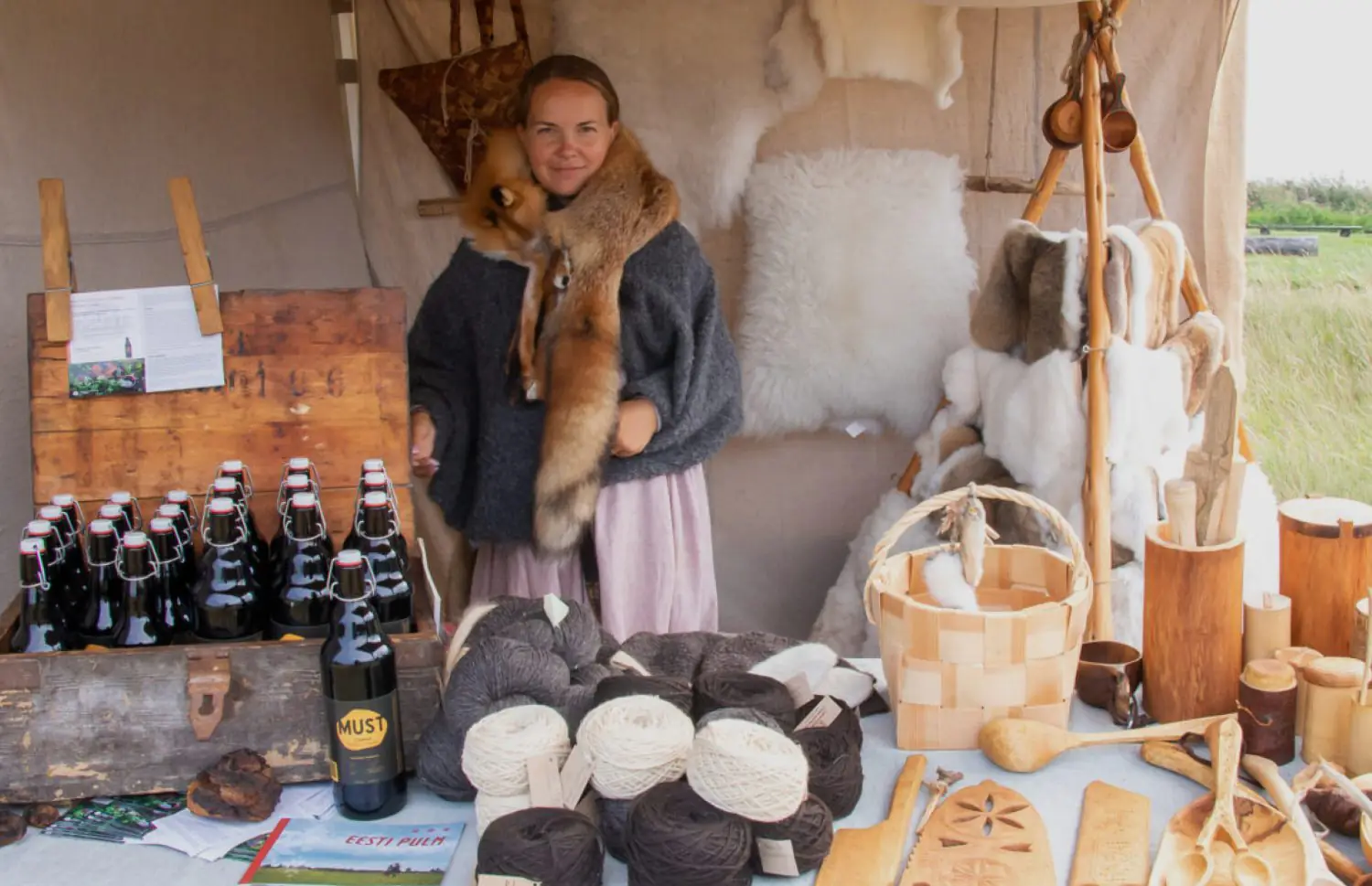
Photo: Irina Mägi, visitsaaremaa.ee
Town made of stone
The most important buildings in the town are made of stone. The picturesque stone castle surrounded by a moat is the main attraction of Kuressaare and the only surviving fortress on Saaremaa and the most complete fortification in Estonia. It is called Arensburg, Kuressaare or Bishop’s Castle. The castle was completed in the 14th century. It consists of a square courtyard surrounded by high walls with residential wings on four sides.
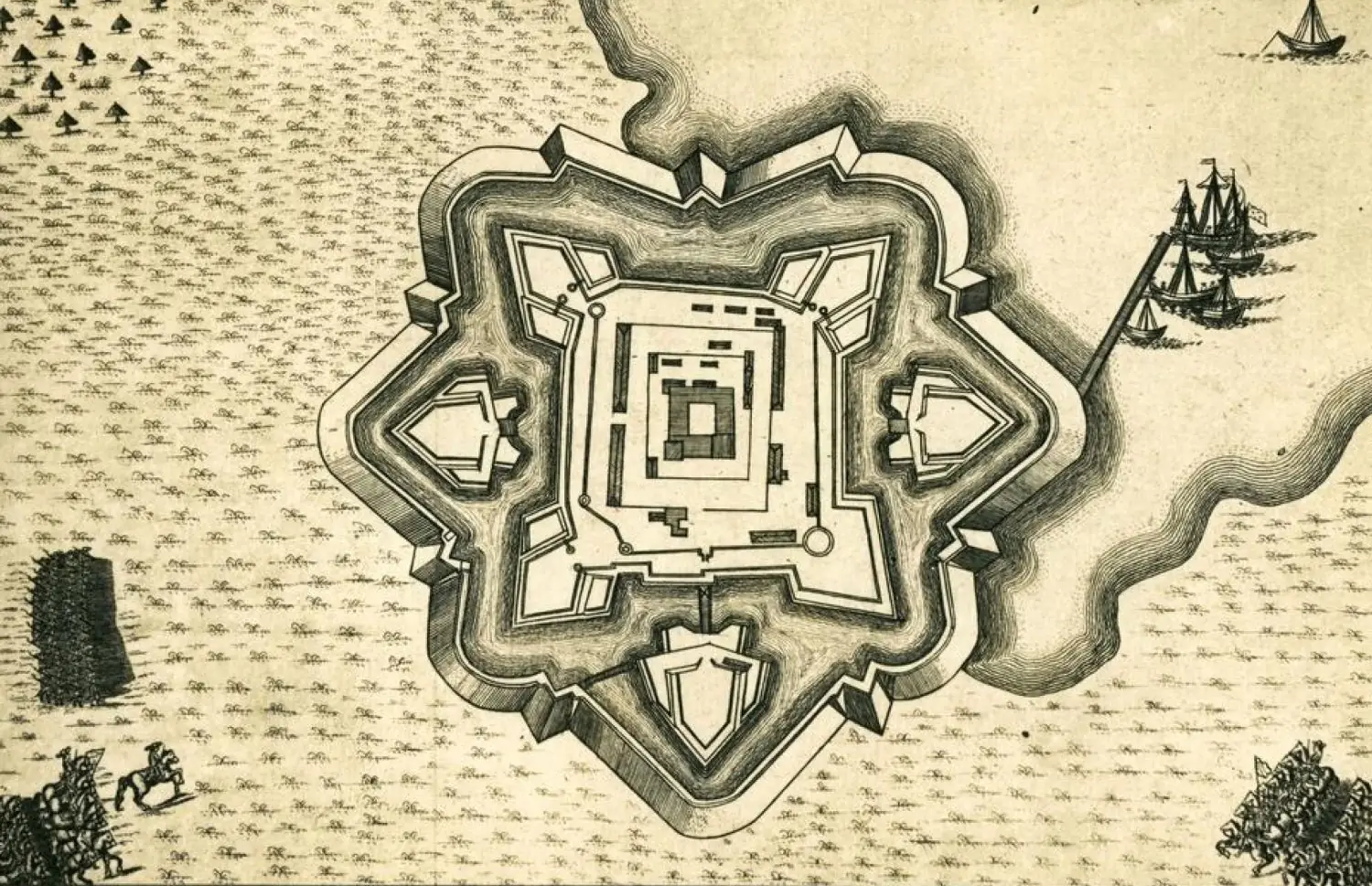
wikipedia.org
As in other medieval castles, the most important rooms were on the ground floor. They were connected by a stone cloister – enclosed galleries built to protect against the cold. The whole of the west wing was occupied by the bishop’s apartments, and most of the south wing by a large refectory with two aisles. In the corner of the south wing there was a square chapel with a ribbed vault. The defensive walls have been slightly modified since then, but in general the castle has retained its historic appearance and now functions as a museum where you can learn about the history of Saaremaa and visit permanent and temporary exhibitions. The standard entrance fee is €12. Check the website for opening hours.
The reason why the bishop’s castle has become unique – including the Estonian uprisings against the crusaders in the 14th century. For example, the fortress in the village of Pöide was completely destroyed during the Estonian uprising of Jurjeva Night. In addition, many churches were built during the Crusades and there are more medieval churches here than in any other region of Estonia, but most of them are in other parts of the island, not in Kuressaare.
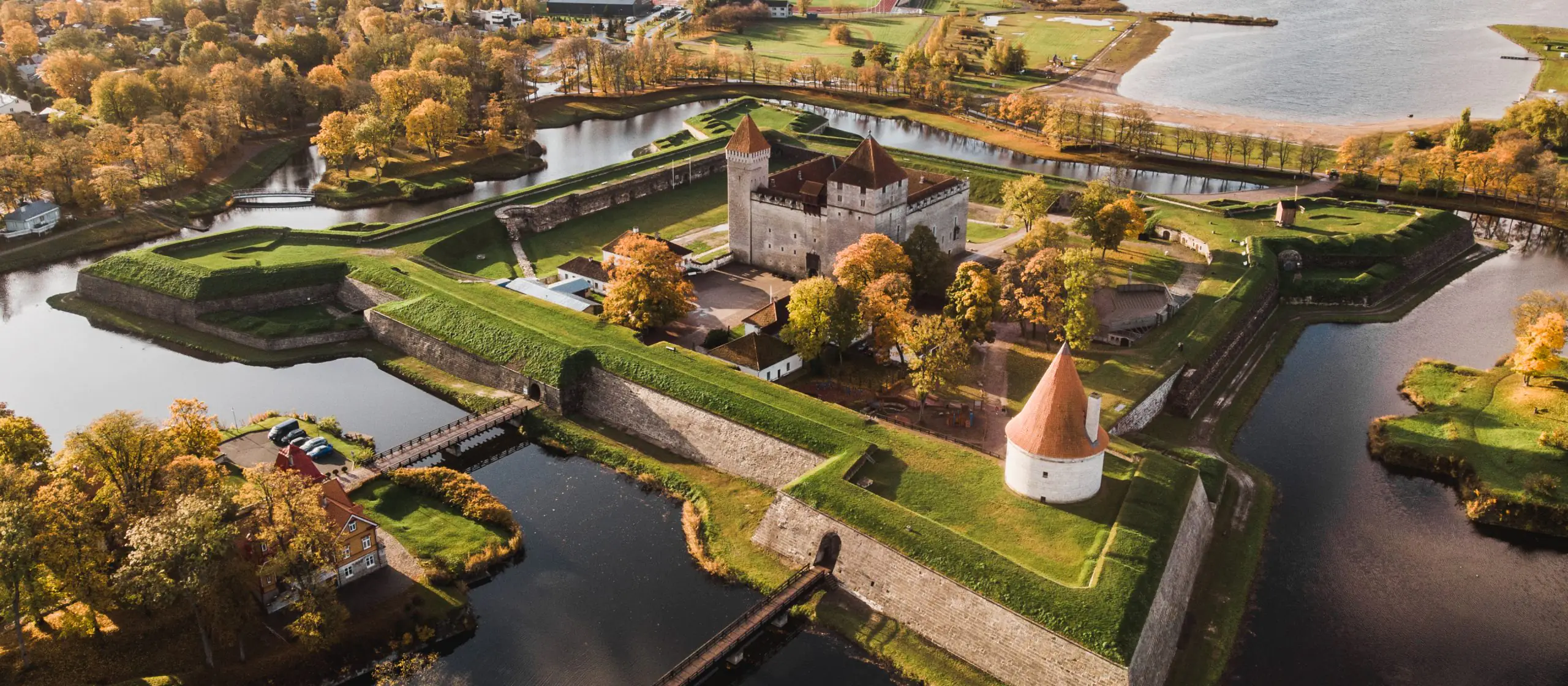
As for Kuressaare, the historic churches here date back to the New Age. The main one is the Lutheran Church of St Lawrence, built in the 18th century and rebuilt in the 19th century. It is a modest rectangular building with a unique baptismal stone, taken from the medieval church of Ansekül, which was destroyed by bombing in 1944.

wikimedia.org
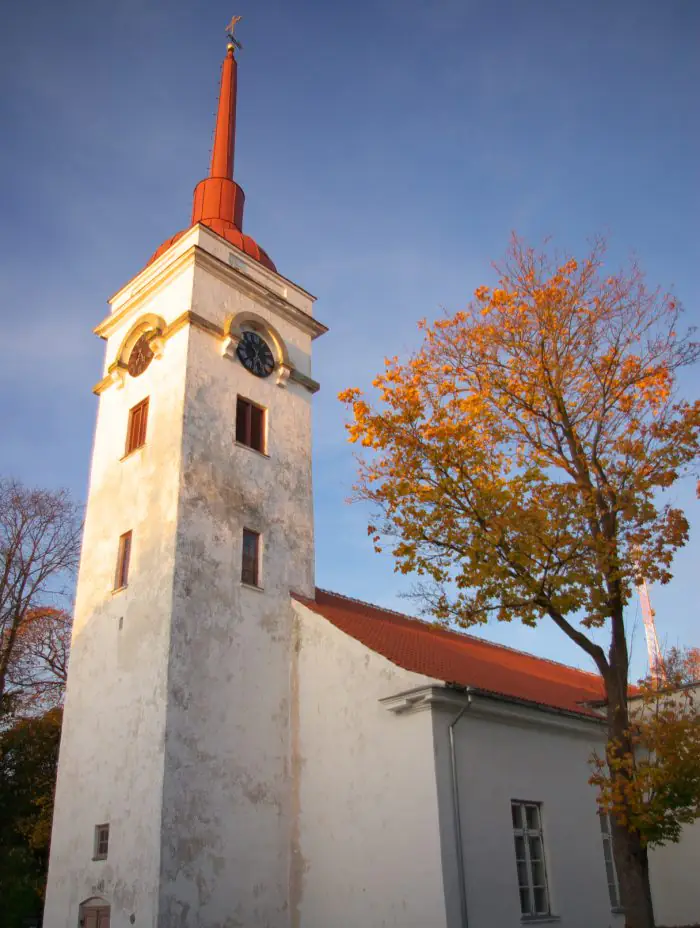
wikimedia.org
Among the secular stone buildings is the Governor’s House with its clock tower on the main square. The building was designed by the famous architect Carl Ludvig Engel. In the 19th century it was the residence of the Livonian vice-governor of Ezel, and even earlier it was a stone house destroyed in the Great Northern War. Today it is a town hall with a ceremonial hall decorated with beautiful frescoes and mouldings. The hall used to be used for various ceremonial events, but today it houses the town museum with many historical artefacts and documents related to the history of Kuressaare. The building has not changed much since its construction.
Opposite the Town Hall is the important house, the house for weighing goods. It dates from the 17th century. It is a baroque building with carved volutes on a scaled gable and a wind vane from 1664. You can also go inside, it is now a pub. And just behind the most important one is the market in 17th century buildings.

wikimedia.org
As well as castles and churches, Saaremaa is famous for its many stone and wooden windmills. The largest group is on Angla Hill outside Kuressaare. But one of them, dating from 1899, is right in the centre of town, near the main square. It’s a good place for lunch and dinner – the Saaremaa Veski restaurant is inside, with a veranda in the summer. It serves interesting local specialities, including wild boar and kama kefir jelly.
Finally, one of the most important stone monuments in Kuressaare is the Great Bridge. It consists of twelve arches and is one of the longest in Estonia: 105 metres long and almost 7 metres wide. It was built over the Põduste River in 1820, bombed during the Second World War and repaired over many decades. In 2023, it will be completely renovated with spectacular lighting.
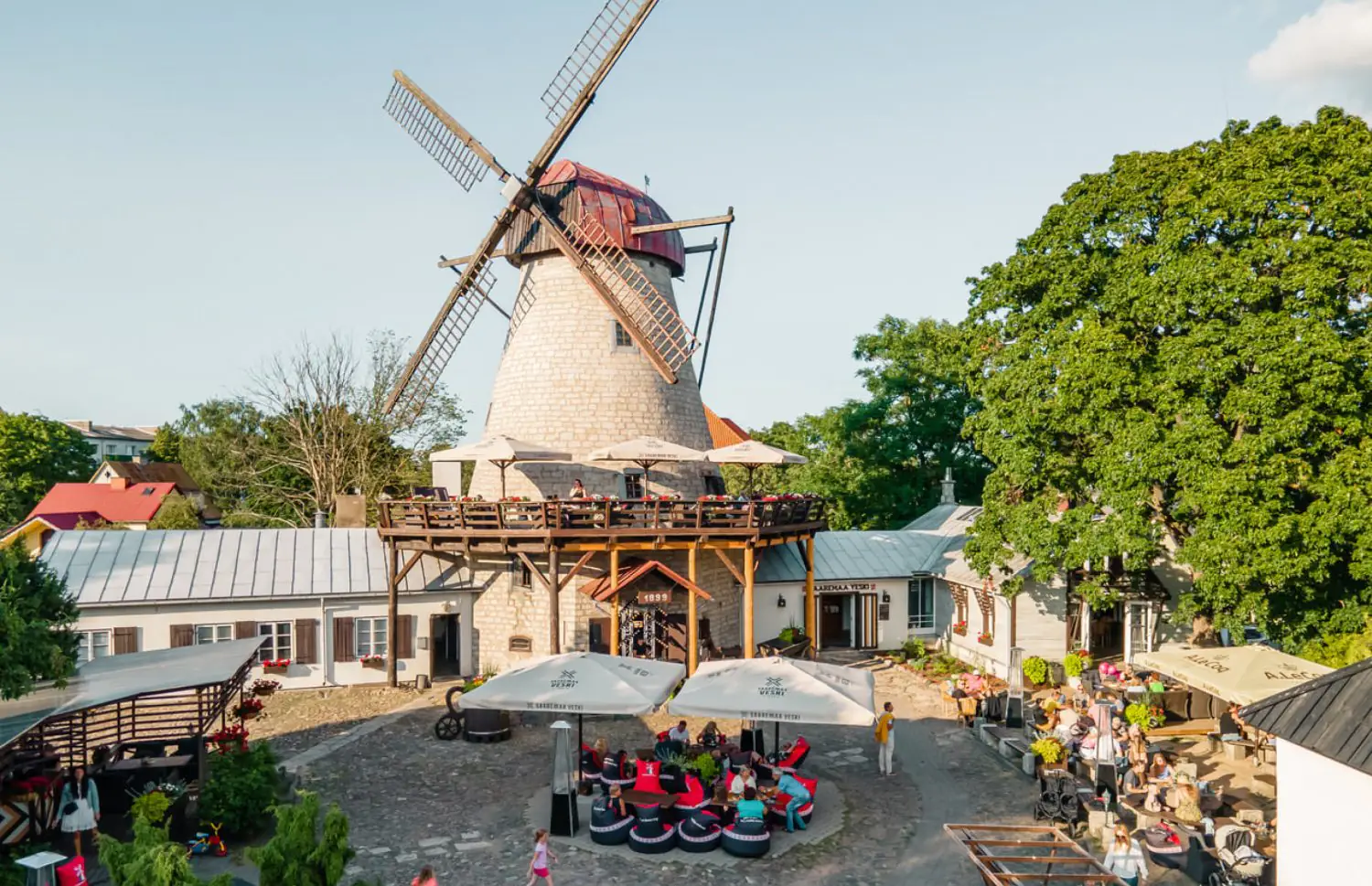
Visit Baltics, facebook.com
Wooden architecture
Even in the turbulent 20th century, Kuressaare has managed to preserve many historic buildings. There are many quiet streets with pretty low houses, and the main building material is still wood. Many of Kuressaare’s houses are inhabitable – they are apartments and hotels.
One of the most remarkable wooden buildings in the town is the Kuursaal (Spa Hall) near the castle. This is a popular typology that was common in the 18th and early 20th centuries for recreation and entertainment in spa towns. It usually housed theatres and concert halls, gambling rooms and casinos, restaurants and, later, cinemas.
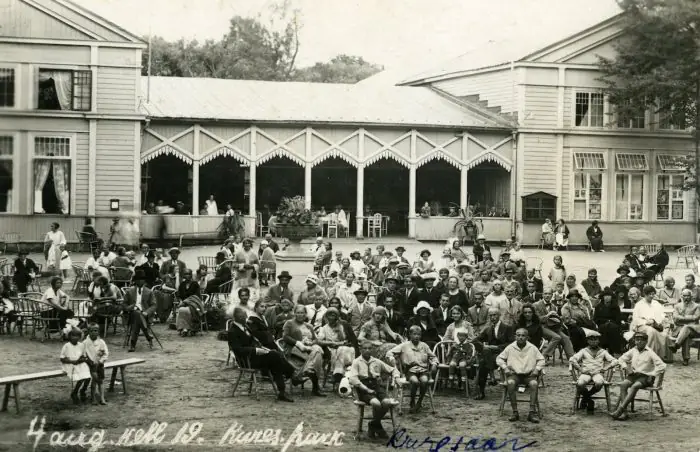
Photo: Erakogu, visitsaaremaa.ee

navicup.com
The Kuressaare Kuursaal was officially opened on 11 June 1889. The central part, called the White Hall, housed a restaurant, the right wing was a summer theatre and the left wing was used as a kitchen and offices. The theatre was mainly used by groups from Germany, and after the First World War by Estonian actors. In 1989, the building was awarded the title “The Best Building of Soviet Estonia 1988”. Today there is a fish restaurant on the ground floor and guest rooms on the first floor.
Among the private wooden houses is the Aavikute House Museum, a branch of the Saaremaa Museum in Kuressaare, 7 Vallimaa Street. The Estonian language reformer Johannes Aavik lived here from 1896 to 1926, and from 1961 until his death in 1989 Joosep Aavik, Estonian organist, choir and orchestra conductor and music critic, lived here. Today the museum houses a permanent exhibition on the lives of these two figures. The original furnishings of the rooms have been preserved, giving a more accurate picture of life in the 20th century.

aavikud.samu.ee

muuseumioo.muuseum.ee
Contemporary architecture
The island is small, so it is possible to visit Saaremaa in a day, but we recommend spending at least one night or a few relaxing days on the island. It’s still one of Estonia’s top holiday destinations, so there are plenty of lovely spa hotels on the Kuressaare waterfront. One of them, with historic charm, is the Arensburg Hotel. It is housed in an old wooden building, adjoined by a modern building with a swimming pool and saunas. The hotel has a large inner courtyard where you can have breakfast in warm weather.

visitestonia.com
Kuressaare is the birthplace of the famous modernist Louis Kahn, but there are few reminders of this; his family emigrated to the USA in 1906, where the architect became famous. Traces of the Soviet past can be seen in the 1982 building – then a collective farm construction office, now the KEK Cultural Centre, the main venue for contemporary art in Kuressaare. During the reconstruction, most of the original elements were preserved. The ground floor houses a permanent exhibition on the history of the building and the Soviet reality. It also hosts performances and events, including KEK LIVE concerts in cooperation with the Estonian Jazz Union.

visitestonia.com
In 2010, the building featured on ArchDaily – a beach house designed by Estonian architects Asum Arhitektid – appeared in the city. Nature and the environment determined the design approach: the expressive canopies gave the building a memorable shape, while ensuring durability and resistance to stormy weather. The space is divided into three functional blocks: lifeguard rooms, a youth centre and a beach bar. There are also toilets and showers.
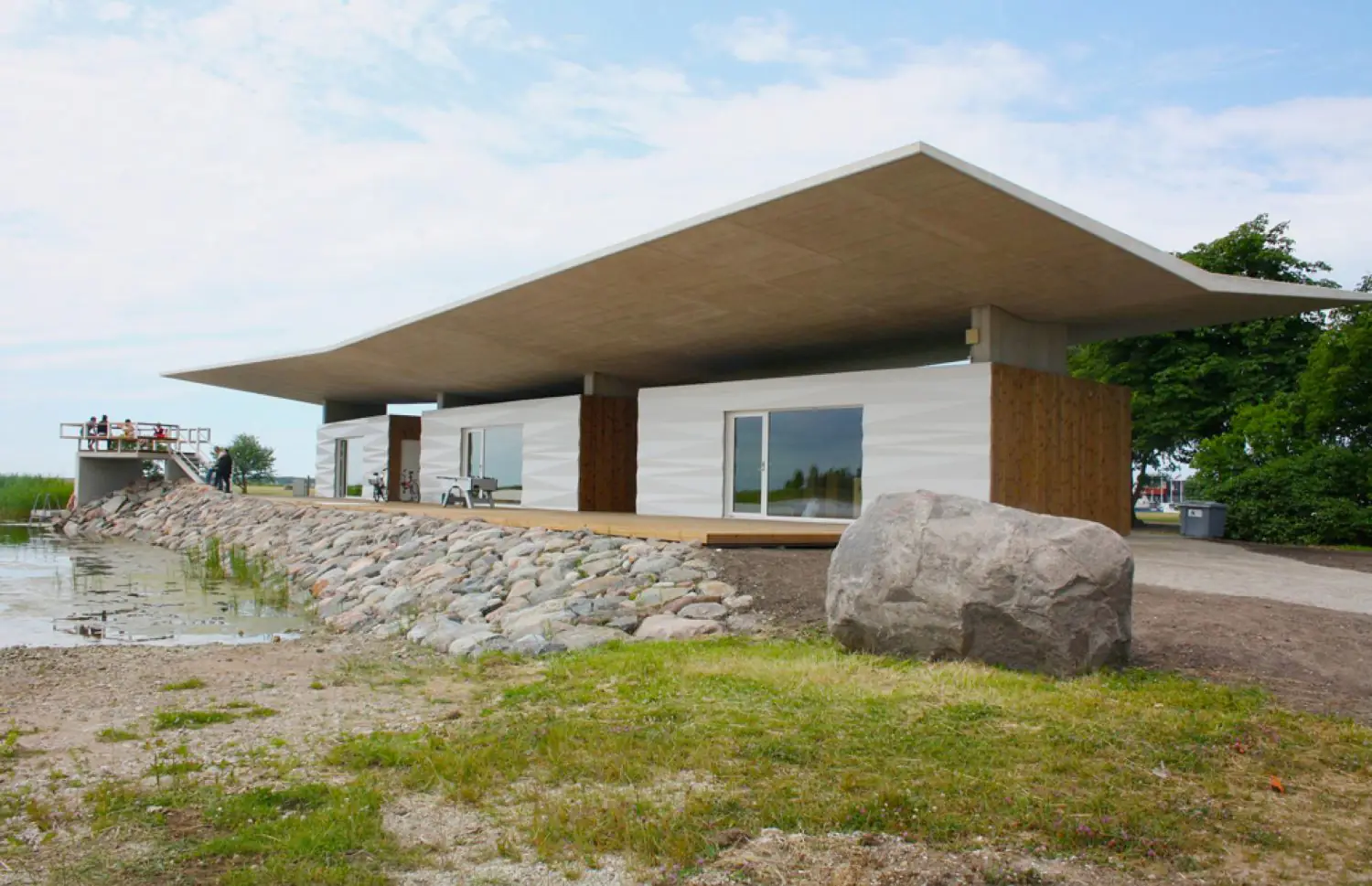
Photo: Asum Arhitektid, archdaily.com
As the sea level rises once a decade, the building structure is a single layer shell covered with diagonally curved steel cladding and timber. The concrete structure with the canopy is built independently so that the rooms can be easily modified over the next few decades while remaining within the contours of the concrete frame.
The last building we want to talk about in this section is the massive Kuressaare College building, designed by Tallinn architects b210. It houses a 60-metre test basin for model ships – where the stability and seaworthiness of new boats can be tested on artificially created waves – as well as laboratories, lecture and conference rooms. The building, with its black-painted façade, is nestled between tiny single-family houses in the old town.

Photo: Mari Hunt, Tõnu Tunnel, archdaily.com


